
Springs and Pressings in Advanced Medical Devices
We’re proud to manufacture precision springs and pressings for a variety of sectors. For the medical industry, our springs and
Home › Engineering

We’re proud to manufacture precision springs and pressings for a variety of sectors. For the medical industry, our springs and
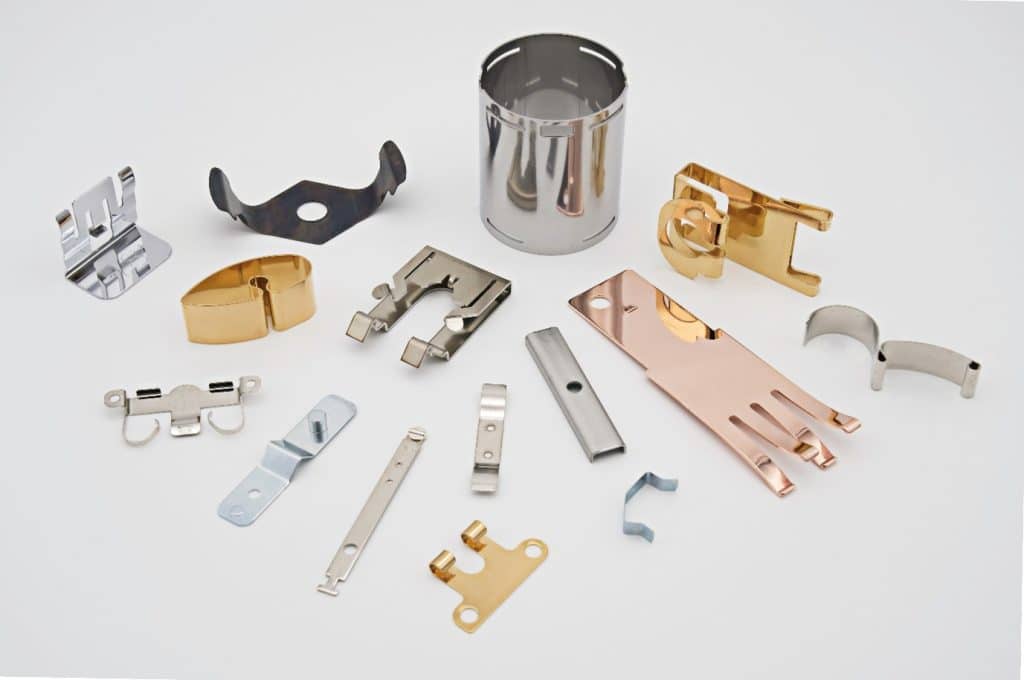
Metal pressing is a versatile and essential manufacturing process that transforms flat metal sheets into precise components. This complex process
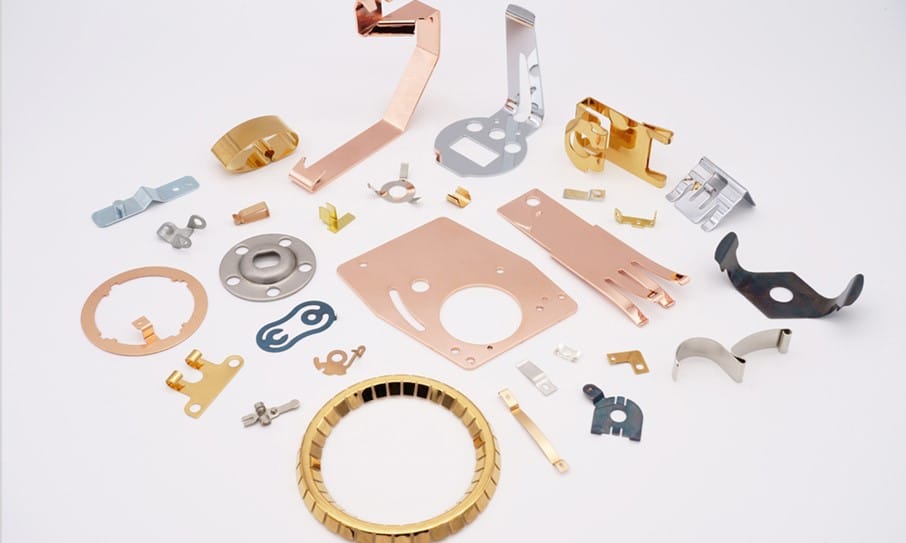
Flat Springs are utilised in many different industries and applications, and they thrive in areas where space is limited because
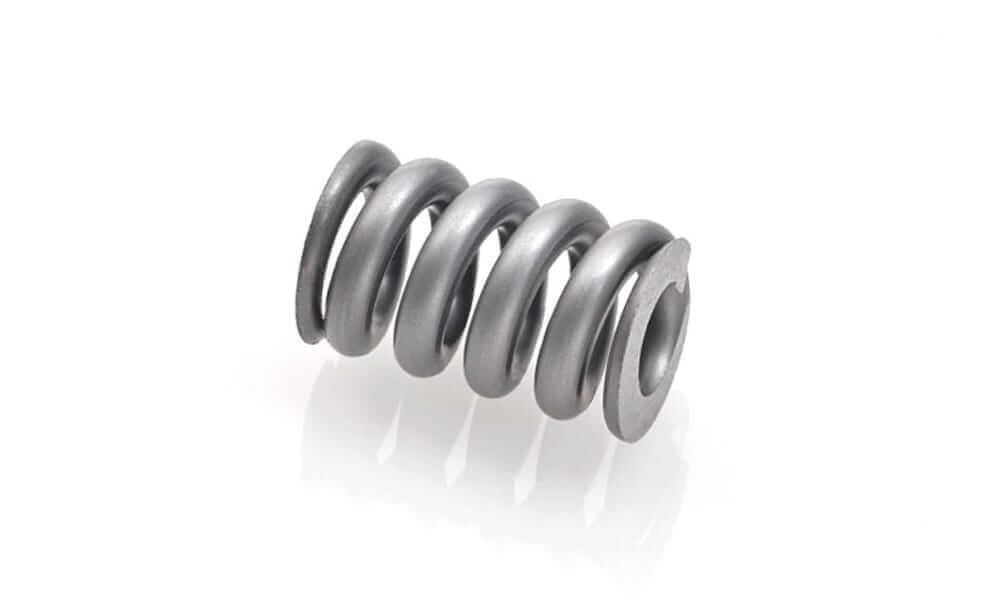
Choosing the material when designing a compression spring is very important. Whether you’re building on a large scale or at
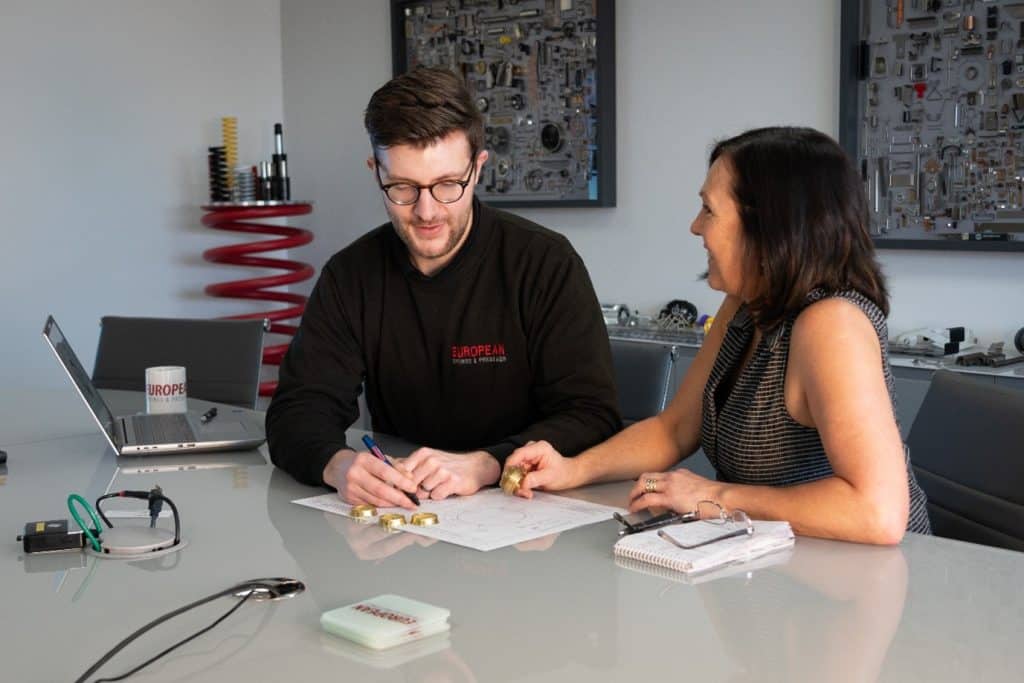
Selecting the right supplier is critical across all industries, as it directly influences the efficiency, safety, and overall performance of

Wearable technologies are electronic devices designed to be worn on the body, serving a variety of purposes, including training, education,
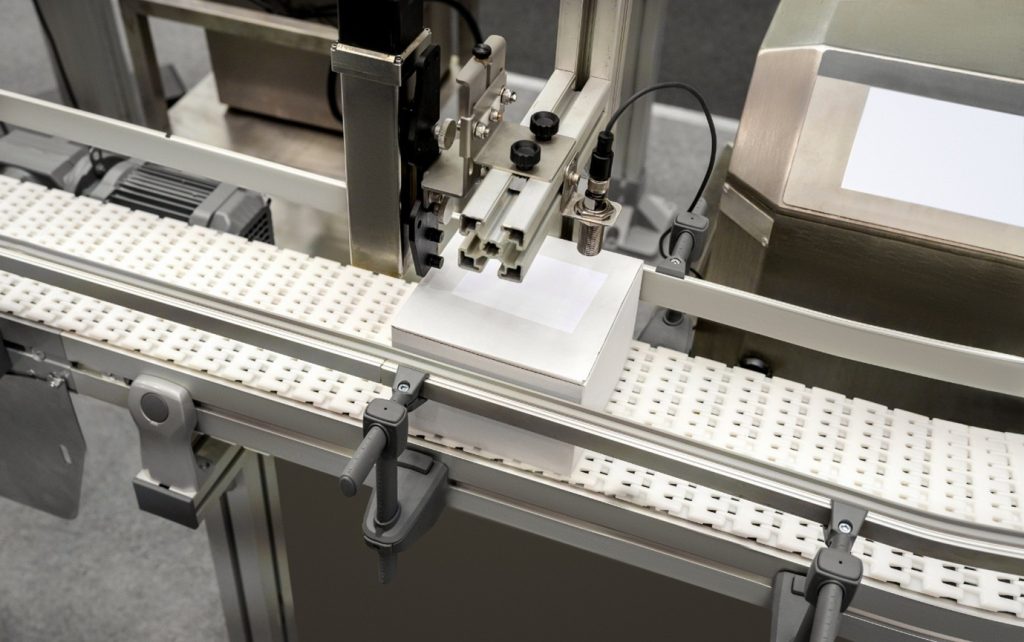
Springs are vital components in highly dynamic machinery, ensuring durability, stability, and smooth operation. These machines are widely used across
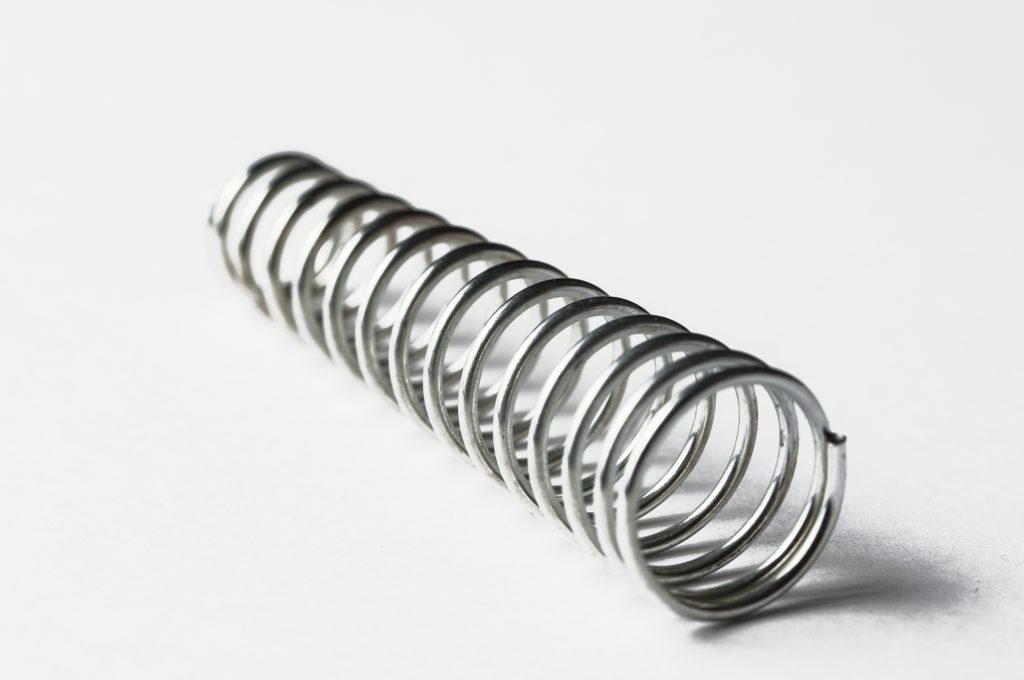
When it comes to spring and pressing manufacturing, finding the correct spring type is only one step in the process.
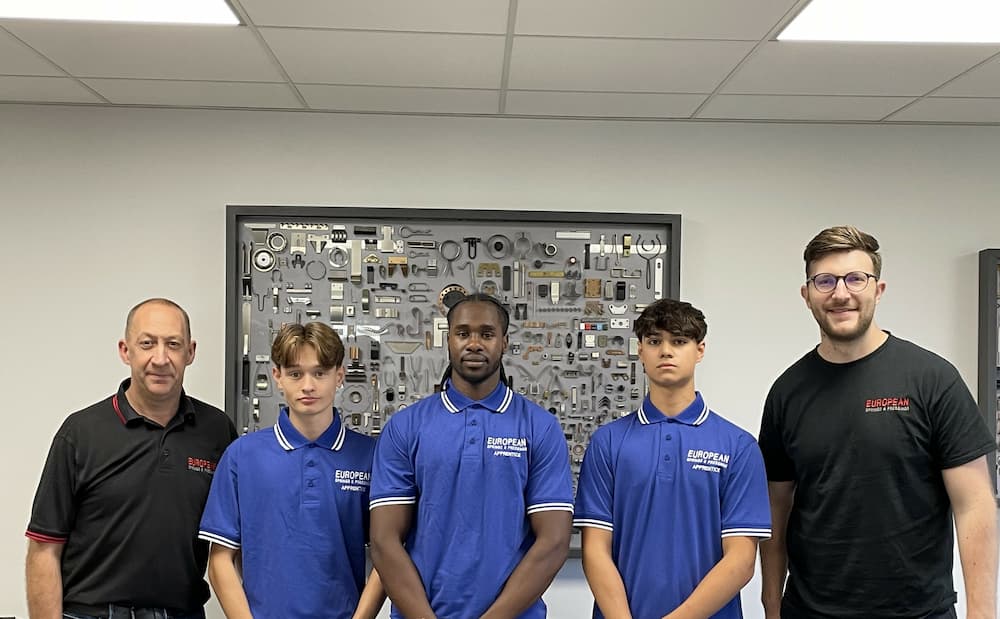
Once again, European Springs & Pressings welcomes its annual intake of apprentices, continuing our long tradition of developing the next
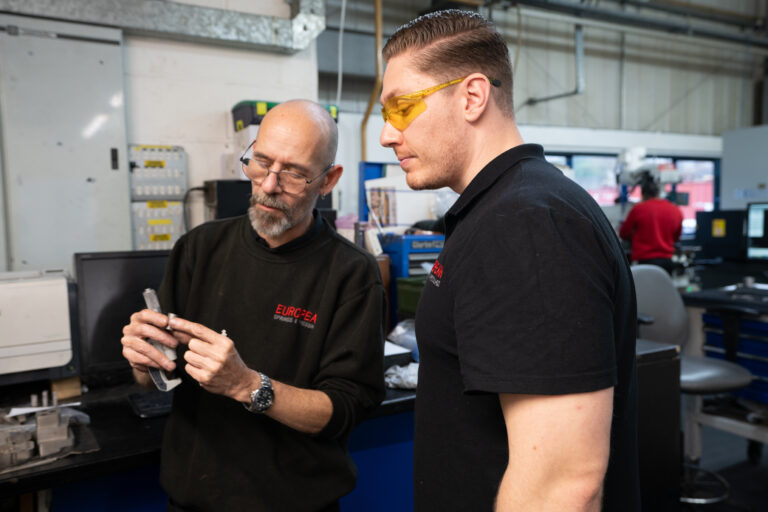
And even if we don’t have exactly the tool we need, European Springs’ in house technology enables us rapidly to design and make complex tools, allowing us to offer more competitive prices.



© Copyright 2025 | European Springs
Designed, Promoted and Powered by SQ Digital